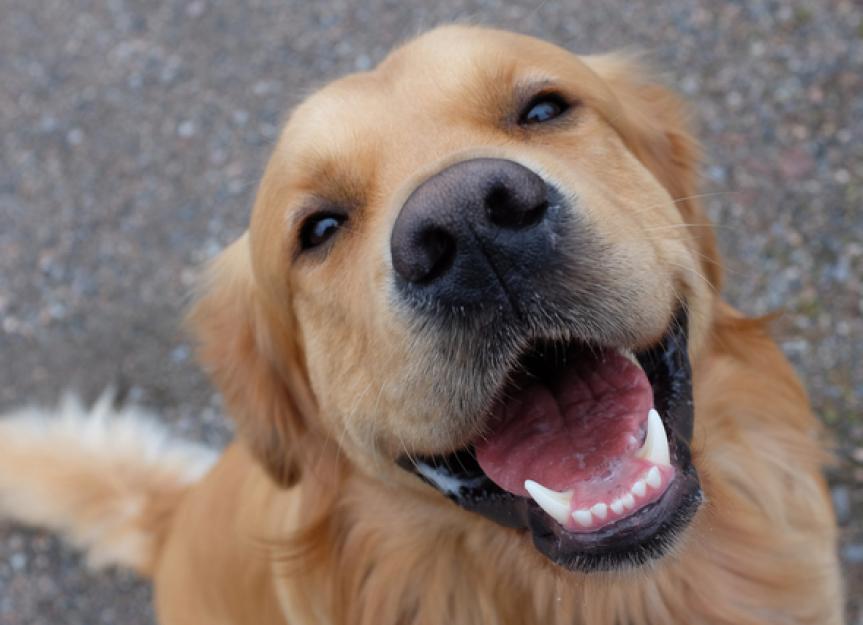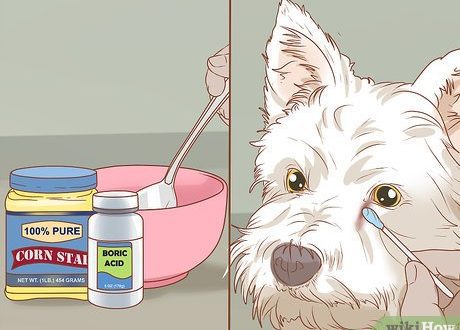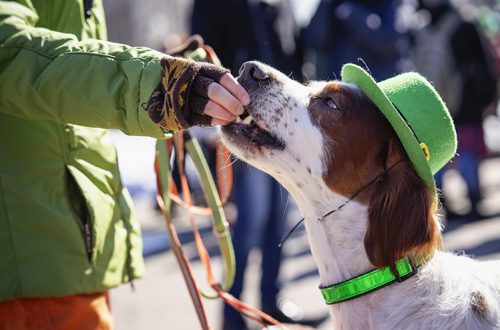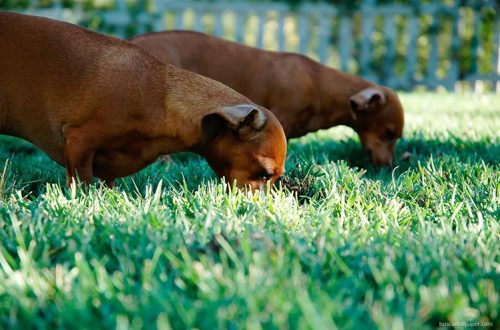
Do dogs know how to smile?
More than a dozen funny videos have been shot about smiling dogs. The pets of the breed were especially distinguished in this siba-inu, french bulldogs, pugs, corgis and husky. However, it seems that any dog can smile.
The spectrum of dog emotions
In fact, the theory that a dog is an emotional animal was confirmed by scientists not so long ago – at the beginning of the last century. Studies have shown that a pet, like a person, can be sad, happy, nervous, feel guilty and ashamed. Moreover, dogs are able to express all these feelings with the help of facial expressions, which means that they know how to smile. True, the owners still do not always correctly recognize such signals.
Types of dog smile:
A relaxed posture, raised corners of the lips, closed eyes – all this suggests that the dog is enjoying the moment. A pet can smile when it is pleasant for him: whether he rides in a car or enjoys something tasty. Noticing a true smile is not so difficult.
The dog smiles even if the owner himself accustomed him to this by positive reinforcement – the same praise, affection and laughter. Then animals do it for the sake of man.
When a pet is hot, he opens his mouth wide, sticks out his tongue, can close his eyes – you should not mistake this for a smile, even if there is a resemblance. As a rule, in such cases, facial expressions are accompanied by heavy breathing.
Often, a hostile grin can also be mistaken for a smile. In this case, the dog will hold in a tense pose and growl.
Dog and man: an emotional connection
Dogs are social creatures, for thousands of years they have been living in close contact with humans. And during this time, animals have learned to perfectly understand us.
In 2016, a group of Brazilian and British scientists proved that dogs are excellent at recognizing the emotions of a person, even a stranger. At the same time, they can determine whether the external manifestation of emotions corresponds to speech and the mood of a person.
It is curious that dogs are able to copy the behavior of their owners. They subtly feel the mood and know how to share the emotions of people. However, this has long been known to the owners of four-legged friends: when the owner is having fun, the dog is also having fun, and in moments of sadness, the pet is most often also melancholic and calm.
An interesting experiment was carried out by Austrian scientists together with their colleagues from the UK. It was attended by 10 dogs, including seven Border Collies, an Australian Shepherd and two mutts. The animals were taught to open the door with their paw and head. First, on their own, and then they were shown how their owners, standing on all fours, perform the same exercise. Next, the dogs were divided into two groups: one was given a treat for opening the door in the same way as their owners, and the other, on the contrary, because their movements were different. It turned out that the dogs were much more willing to copy the movements of the owners! Even if for this they were deprived of goodies.
The experiment showed that animals have a tendency to so-called automatic imitation – copying the actions of their master. And this finds application not only in everyday trifles and habits, but also in education and training. Therefore, the well-known phrase that all dogs look like their owners is not without meaning. And, apparently, the point here is not only in the similarity of temperaments and characters, but also in the imitation of pets to the leaders of the “pack”.
Photo:





